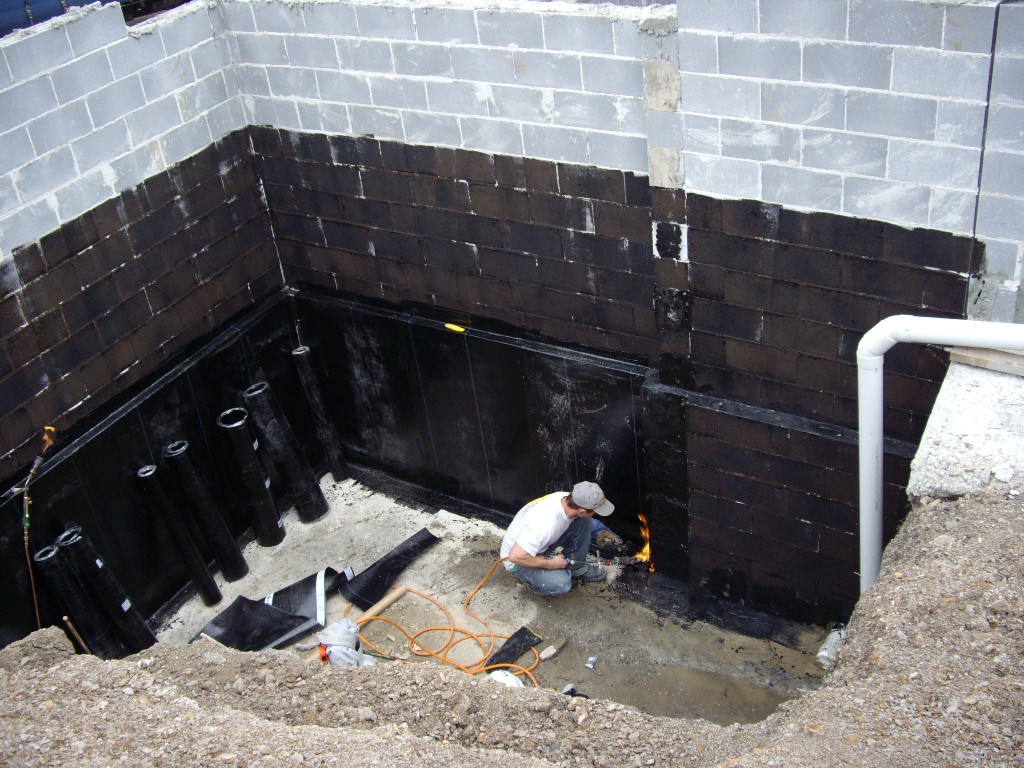Method Statement for installation / application of External Water Proofing Membrane for Swimming Pool and Water Tanks.
Ensure Material for water proofing membrane approved prior to fixation. Membrane must be stored in shaded area with ambient temperature of less than 35 º C on wooden pallets neatly covered by a stick fabric and tied securely in a manner that will minimize exposure to sunlight. Membrane should be stored vertically and should not be stacked.
Membrane comes in rolls of 1.0 m length. Rolls are thoroughly shrink – wrapped and palletized to avoid any damage in transit or storage at site. Membrane should be unloaded by suitable means ensuring no damage is caused to the membrane.
Inspection request IR to be raised and ensure its approval prior to start procedure for waterproofing application.
Substrate Preparation
Ensure that substrate should be free of oil, grease and made absolutely dry. Any dew settled or other dampness should thoroughly clean using a dry cloth.
Honeycombs and spelled concrete to be repaired and all nailed heads and protrusions that are likely to puncture the membrane must be removed or ground.
Any surface imperfections or cracks can be made good by using approved materials.
Primer “Poly prime WB” coat to be applied prior to start membrane installation.
Flat Horizontal Surfaces Application
Perform installation using a cylinder fed propane torch, a trowel to seal the seams of the membrane and knife for cutting membrane.
Aligned the membrane in the torching position, desired cut length is cut and re-rolled back for about half the length without changing its orientation, slowly unrolled whilst the bottom surface is torched.
Heating is carried out with a propane gas torch using left to right movements. Torching should be done in such a way that square embossment of membrane becomes flat after bitumen is melt.
Next roll is then place adjacent to the first one in such a way as to provide at least 100 mm overlap on the joining side and 150 mm end lap between rolls, staggering the joints where possible.
Inspection of lap joints must be carried out to ensure total adhesion characteristics and two layers to be fix.
Protection screed to be provided @ 50 mm thick.
Vertical Surfaces Application
Application on vertical surfaces should be done with extreme care. A dimension of the area which needs to be waterproofed is taken and pieces of membrane cut accordingly.
The membrane should be held firmly in position and the bottom torched and fixed, small portions are then torched and pressed against the wall. For best results. Torched section is pressed from the middle to the sides to avoid any air entrapment.
Two layers to be fixed.
Protection board to be provided.
Corner Details
All internal corners should have a 45º fillet made of suitable cement sand mortar as tucking membranes into sharp corners would have gaps which would prove to be weak points.
All external corners must be chamfered 20 X 20 mm with 45º.
